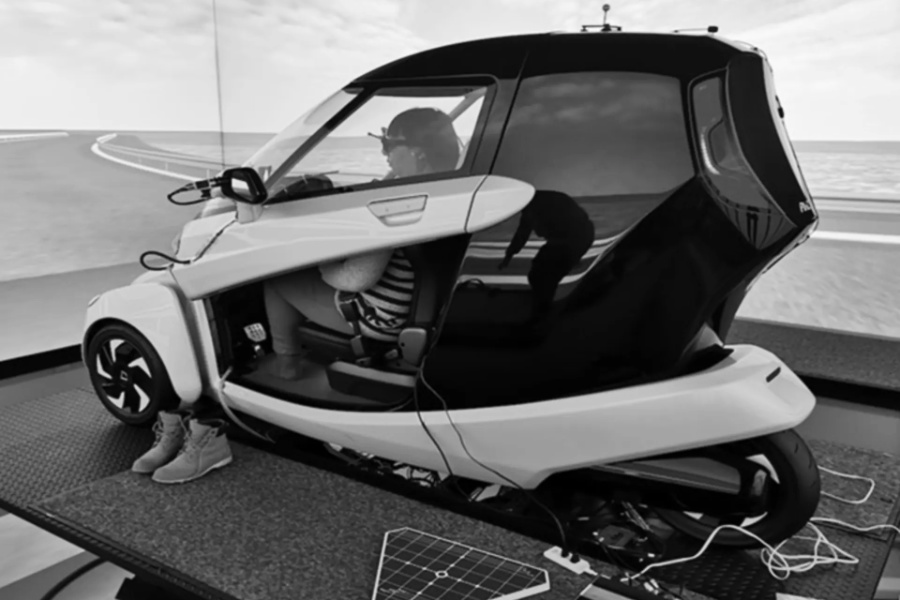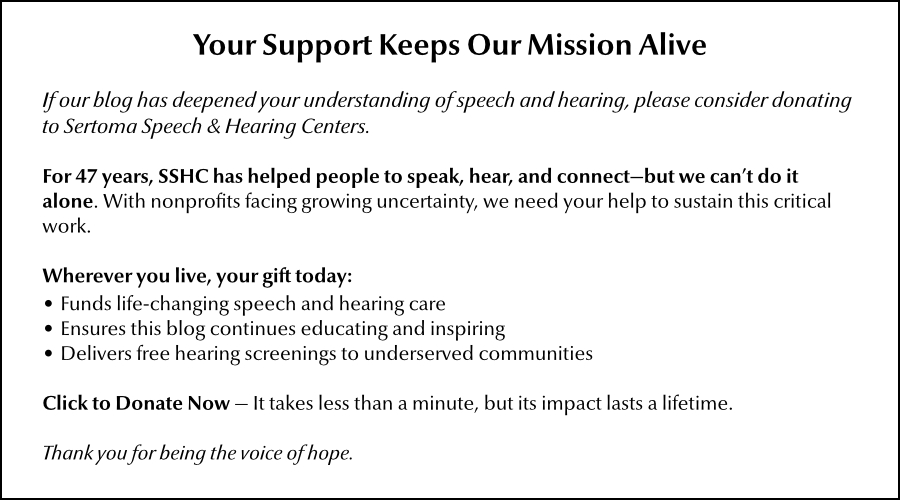Motion sickness affects millions, turning travel into a miserable experience. That feeling of nausea, dizziness, or unsteadiness when reading in a car or riding on a swing is unfortunately all too familiar. Now, researchers in Japan have discovered a simple and effective method to combat it using a specific sound.
Why it matters
Scientists discovered that listening to a unique sound for just one minute can significantly reduce motion sickness symptoms such as nausea and dizziness. A research team at Nagoya University found that this "unique sound stimulation technology," nicknamed 'sound spice®', offers an easy-to-use treatment that could help many sufferers manage this common disorder, particularly during travel.
How it works
The technology uses sound to target the inner ear's balance system directly. After testing on mice and humans, researchers led by Takumi Kagawa and Masashi Kato identified a pure tone at 100 Hz as the optimal frequency.
-
The vibrations from this unique sound stimulate the otolithic organs in the inner ear. These organs detect linear movement and gravity.
-
Stimulating them helps broadly activate the vestibular system, which is crucial for maintaining balance and spatial orientation – the system that gets confused during motion sickness.
 The driving simulator that was utilized in the study. Nagoya University
The driving simulator that was utilized in the study. Nagoya University
A closer look
To confirm this, researchers recruited volunteers for tests.
-
After listening to the 100 Hz sound, participants experienced induced motion sickness using methods like a swing, a driving simulator, or an actual car ride.
-
The team measured balance (postural control), recorded heart activity (ECG readings), and gathered feedback using Motion Sickness Assessment Questionnaires.
-
They found that symptoms often seen with motion sickness, such as "lightheadedness" and "nausea," were alleviated.
Exposure to the sound before using the driving simulator enhanced sympathetic nerve activation, suggesting the sound exposure objectively improved nerve function, which is often dysregulated in motion sickness.
The takeaway
- This sound stimulation approach appears both effective and safe.
- The researchers see this approach as a simple way to improve motion sickness for millions of sufferers.
- The plan to develop the technology for various travel situations, such as air and sea travel.
“The health risk of short-term exposure to our unique sound is minimal. Given that the stimulus level is well below workplace noise safety standards, this stimulation is expected to be safe when used properly.” —Takumi Kagawa, Nagoya University Graduate School of Medicine
We'll keep you posted.


